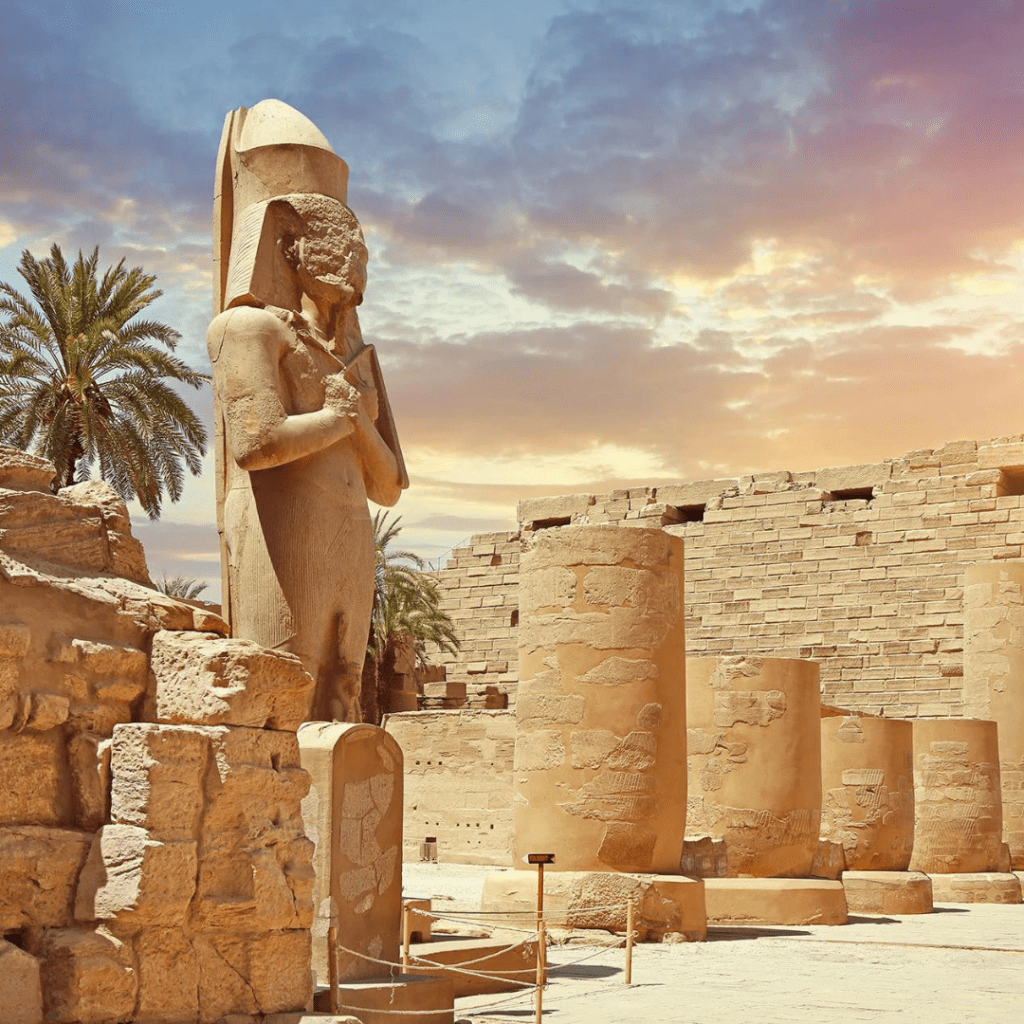Egyptian Exploration: Discovering Ancient Wonders Beyond the Pyramids
April Jones embarks on a personal journey through the timeless landscapes of Egypt, a land where history breathes from every sandstone block. Her travels take her beyond the iconic Pyramids of Giza, leading into the heart of ancient civilization where tombs, temples, and myths converge in unforgettable harmony.

1. The Valley of the Kings
Located on the west bank of the Nile near Luxor, the Valley of the Kings is an extensive burial ground of pharaohs from the New Kingdom. Visitors can explore intricately painted tombs, including the famous resting place of Tutankhamun, revealing the spiritual beliefs and funerary customs of ancient Egyptians.
2. Abu Simbel
Carved from a mountain by Ramses II in the 13th century BC, the twin temples of Abu Simbel stand as a monumental testament to ancient Egyptian architecture and engineering. Relocated in the 1960s to avoid submersion from the Aswan High Dam, the site remains a marvel to behold.
3. Karnak Temple Complex
Spanning over 200 acres in Luxor, Karnak is one of the largest religious sites ever constructed. Walking through the Hypostyle Hall, with its forest of towering columns, brings travelers face to face with a spiritual center that once pulsed with offerings to the gods of Thebes.
4. Temple of Hathor at Dendera
This beautifully preserved temple near Qena is dedicated to Hathor, the goddess of love, music, and beauty. The ceiling of the main hall is adorned with astronomical reliefs, while the sanctuaries and chambers tell stories of devotion, healing, and celestial mystery.
5. Philae Temple
Dedicated to the goddess Isis, the Philae Temple complex was relocated to Agilkia Island due to the flooding caused by the Aswan Dam. The elegant carvings and serene setting make it a must-visit, especially at sunset when the sandstone glows in golden light.
6. Temple of Kom Ombo
Unusual for its symmetrical design, Kom Ombo is dedicated to two gods: Sobek, the crocodile deity, and Horus the Elder. Each half of the temple mirrors the other. Nearby, a crocodile museum displays mummified reptiles once revered by locals.
Planning Your Egyptian Adventure
Best Time to Visit
The most comfortable travel window runs from October to April, when cooler temperatures allow for full days of exploration. Summer months, especially in Upper Egypt, can reach extreme heat levels.
Travel Requirements
Travelers should carry a valid passport and verify visa requirements prior to arrival. Most visitors can obtain a tourist visa upon arrival or online.
Local Customs and Etiquette
Modest clothing is encouraged, especially at religious or historical sites. Greet locals respectfully and always ask before photographing individuals. Tipping (baksheesh) is customary in many interactions.
Transportation
Egypt offers efficient domestic flights and scenic train routes, particularly between Cairo and Luxor or Aswan. For greater convenience, many travelers opt for guided tours that include transportation between major sites.
Safety Tips
Stay updated with current travel advisories. Exercise caution in crowded areas and keep valuables secure. Hiring reputable guides and traveling with tour groups can enhance safety and local understanding.
Final Reflections
Egypt’s story is far more than the pyramids. From the Valley of the Kings to the spiritual ambiance of Philae, each site unveils new dimensions of a culture steeped in mystery, art, and ritual. Whether you are a history enthusiast or a curious explorer, these lesser-known ancient wonders offer a deeper, more intimate look into the soul of a civilization that still shapes our imagination today.


